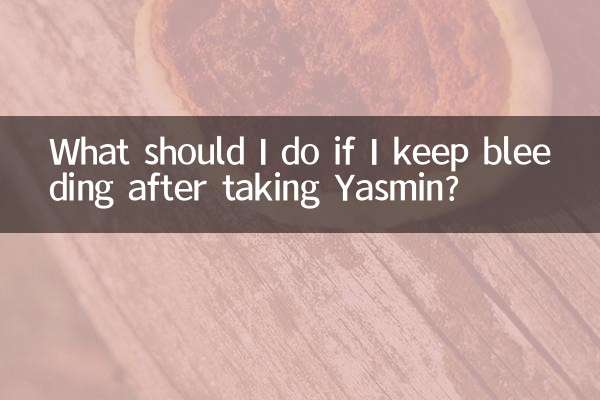Title: How to change the habit of cuddling to sleep? Scientific methods help babies fall asleep independently
Holding to sleep is a common problem faced by many new parents. Long-term holding to sleep not only affects the parents' rest, but may also hinder the baby's ability to fall asleep independently. This article will combine the hot parenting topics and expert advice from the entire Internet in the past 10 days to provide you with structured data and practical methods to help your baby gradually get rid of the habit of cuddling to sleep.
1. Why do babies rely on being held to sleep?

According to recent discussion data on parenting forums, the main reasons for cuddling to sleep include:
| reason | Proportion | Typical performance |
|---|---|---|
| lack of security | 42% | Wake up and cry when you put it down |
| Uncomfortable sleeping environment | 28% | Sensitive to temperature/light |
| excessive fatigue | 18% | Difficulty falling asleep, irritability |
| habitual dependence | 12% | You have to be rocked to fall asleep |
2. Five scientific steps to change the habit of cuddling to sleep
1.Establish a regular routine
According to sleep experts, setting feeding and sleeping times can significantly reduce difficulty falling asleep. The recently popular "EASY mode" (eat-play-sleep cycle) is worth trying.
2.progressive desensitization
The "5-day transition method" shared by popular parenting blogger @小ukui's mother has remarkable results:
| days | Operation mode | Target |
|---|---|---|
| 1-2 days | Hold him until he falls asleep and then put him down | Adapt to the bed |
| 3-4 days | Put on bed + tap when awake | Fall asleep on your own |
| 5 days+ | independent sleep training | Consolidate habits |
3.Optimize sleep environment
Recent e-commerce platform data shows that sales of the following sleep aid products have surged:
| product type | Hot selling brands | Effect feedback |
|---|---|---|
| swaddle sleeping bag | Halo/Love to Dream | Reduce startle reflex |
| white noise machine | Fisher-Price/Xiaomi | The soothing success rate is 78% |
| weighted blanket | Nested Beans | simulate hug feeling |
4.Introduce soothing alternatives
Psychology experts recommend choosing soothing towels that smell like your mother. A recent popular Douyin video showing the "smell transfer method" (putting the soothing towel under the mother's clothes for an hour) received 200,000 likes.
5.Stick to a bedtime routine
Internationally certified sleep consultants emphasize that a fixed bedtime ritual (bathing-touching-feeding-stories) can establish sleep associations. Surveys show that regular routines can shorten the time to fall asleep by 37%.
3. Frequently Asked Questions (from recent hot searches)
Q: What should I do if my baby cries as soon as I put it down?
A: The popular solution is the "temperature transition method": first use a hot water bottle to warm the bed (take it out and then put it down), and cooperate with the side-lying and back-patting posture.
Q: What is the best age to start training?
A: Pediatricians recommend that 4-6 months is the golden period, but it can be started at any age. Older babies take longer to adapt.
Q: How long does it take to cry before intervention is needed?
A: Adjusted according to monthly age:
- 0-3 months: immediate response
- 4-6 months: wait 3-5 minutes
- 6 months+: Try the 10-minute interval check method
4. Sharing of successful cases
The training diary recorded by Xiaohongshu user @guoguoma sparked heated discussion:
"On the first day, I cried for 40 minutes, on the third day it was reduced to 15 minutes, and after one week I fell asleep on my own. The key point is the unified approach and persistence of the whole family." The number of collections of this note exceeded 50,000.
Conclusion:Changing from cuddling to sleeping requires patience and scientific methods. Judging from recent parenting hot spots, progressive adjustment + environmental optimization + family cooperation is the most effective combination plan. Remember that every baby is unique and finding a rhythm that works for your little one is most important.

check the details

check the details